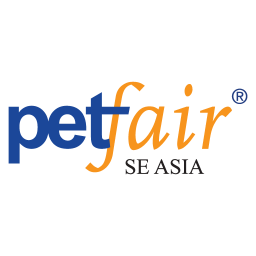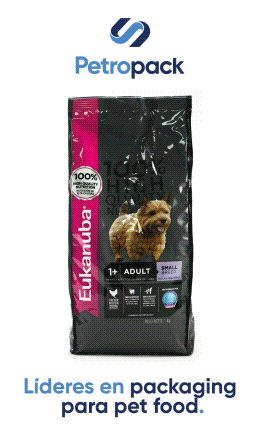How does humanization impact the development of the pet food market?
Paradigm-changing decisions
Although the global pet food market has a few large corporations as dominants, we can currently identify a booing movement. Smaller market players are gaining more relevance and introducing new concepts, products, business models, and perspectives. And, even though a large part of consumers chooses them more and more, the truth is that they are also the ones who face the greatest logistical and financial challenges due, precisely, to their size.
Answer to new needs
Since humanization began to enter the human and pet food industry, a wide variety of products have emerged, generated precisely from consumer conditions, such as gluten-free or vegan dog food. Pet owners, influenced by this humanization trend, have been discovering new possibilities to satisfy their pet needs. This indicates a paradigm shift: it is not only scientists who identify pet needs, but also consumers encouraged to seek non-standardized options to offer their four-legged friends exactly what they need to improve their quality of life.
Smart producing
Productively speaking, humanization has made producers, at a local level, develop products oriented to newer trends to satisfy these consumer needs, due to the speed with which emerging ventures can come to market.
However, beyond all these benefits we've listed, this trend doesn't necessarily mean more pet food sales. It does mean more specialization and complete need satisfaction. So, probably, the change in sales volume in Latin America, for example, will not be due to humanization but to other market factors, such as prices.
Opportunities in the sector
As more niche markets emerge due to this trend (and others, as well), new opportunities are mostly taken by emerging companies. Several startups are already taking advantage of humanization trends to develop new products in Brazil, Argentina, Chile, and Mexico, for example.
The introduction of natural antioxidants, vegetables, alternative grains, tubers, and other natural ingredients debates whether it corresponds with the improvement in ingredient quality or with the experimental formulation of such startups.
Change is unstoppable
The essential variable for forecasting future humanization trends is human demographic dynamics. Countries with a broad base of young consumers, such as Latin American ones, will likely shape the future of the pet food industry. Changes in this region will translate into products that meet the needs and demands of these consumers.
Today's brands, tomorrow's brands
Today, consumers identify the size of a brand by its features, not its revenue. NielsenIQ conducted a survey that found that almost 60% of consumers prefer a brand because of its size, whether it is smaller or larger. But how does a consumer define the size of a brand? Apparently, they associate terms like local and independent for small brands and very popular or globally recognized for big ones. The most striking thing about this survey, however, refers to finance: it seems that the income, or what is related to it, does not have any influence on the segmentation of "big" or "small" brands, which allows us to glimpse that pet food choices are practically emotional and entirely subjective.
Unfailingly, this information allows us to see a great opportunity for small and medium-sized brands, that can deepen into the ideas that represent them as different, innovative, and local environments responsible for increasing their loyalty and place in the market.
When choosing which brand to buy, currently, the consumers who participated in the interview stated that they pay attention to:
- Price
- Brand values
- Reputation
- Brand identification
Business culture: key values to keep growing
According to Kristen Ireland and Erin Mies of People Spark Consulting, companies in the sector can implement a 3-step guide to analyze and implement improvements to grow and stay in an increasingly changing market:
- Knowing what the weak points arising from current practices
- Clearly defining what you want to build and reinforce it with daily choices
- Knowing the route ahead and correct course when necessary with clarity and efficiency
Business culture is the set of characteristic behaviors and beliefs, and values are the connection point between that culture and the behavior that, in turn, is what achieves identification with consumers.
Conclusion
The market is changing, progressively but radically, as consumers who come and join the pet food market for pet acquisition want, seek, and demand completely innovative products. It is in our hands to continue working to shape the market according to the needs of those who trust us to feed their most loved friends.
Source: All Pet Food Magazine
You could be interested: The 27th Edition of Pet Fair Asia Will Take Place From 20 to 24 August 2025 in Shanghai, Marking The Largest Event in its History
About author
María Candelaria CarbajoI’m a creative, interdisciplinary person, translator, and editor. I collaborate in producing and writing creative, high-impact projects to promote cultural exchange, transmit differential values, and connect with people/the audience. Likewise, I enjoy teamwork and joining forces, experiences, and knowledge to bring the world all the potential of those ideas that seek to impact people’s lives positively.
Market Information
07/08/2025
The American Pet Products Association (APPA) Releases 2025 Dog & Cat Report, Revealing a New Era of Pet Ownership
29/07/2025



















































